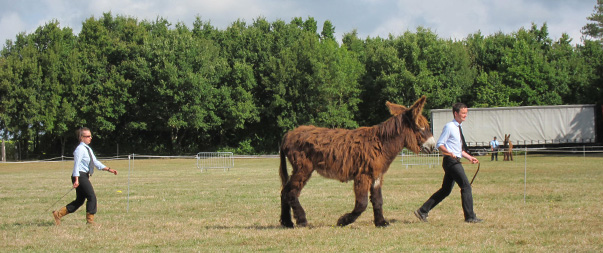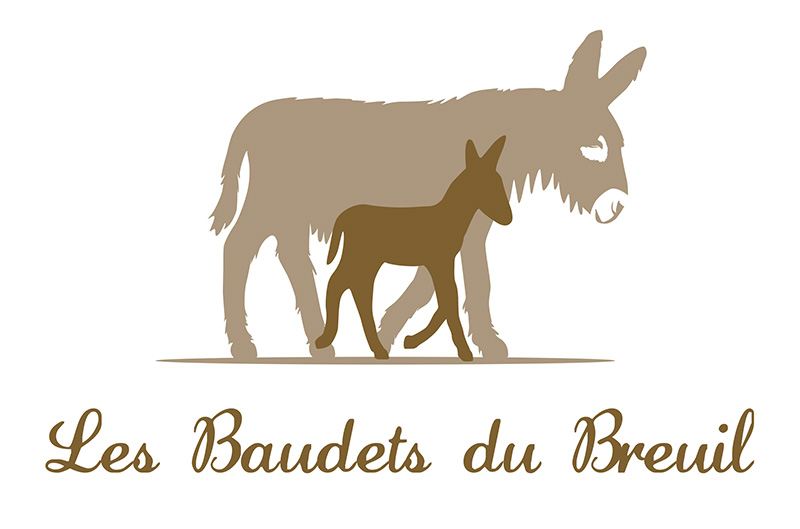Breeding advices

Breeding advices
Launching a breeding programme for Baudet du Poitou donkeys is not necessarily straightforward, be it with thoroughbred or mixed blood animals. Here is some advice :
Starting a breed is not easy. For several reasons, starting with a B book donkey is easier than a A book :
- it is better to experiment with a female which is less fragile than thoroughbred individual,
- There is greater motivation in terms of progression towards Book A animals,
- It is cheaper.
Starting from Book 0 (zero) :
- assuming that only females are born,
- introducing them to reproduction from 3 years of age,
- and crossing them only with thoroughbred stallions,
it will take about 15 years to obtain thoroughbred (book A) animal.
In fact, from the seventh generation, the females are considered as belonging to Book A
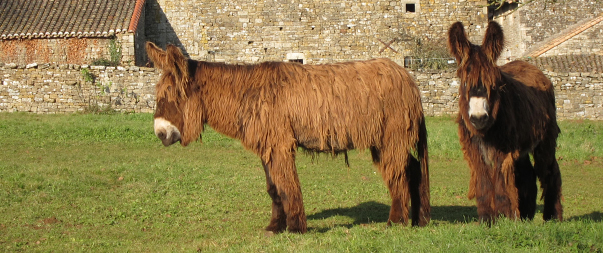
The Poitou s donkey does not like being alone. It is a gregarious animal which needs company; ideally another female or castrated male (not necessarily of the same breed).
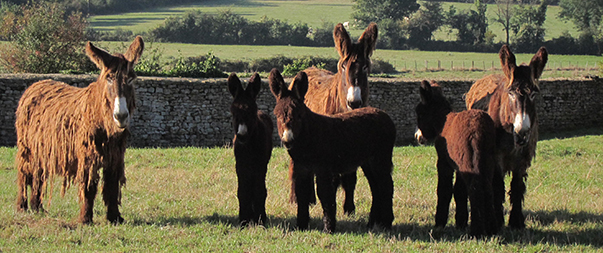
In an ideal world, the strict rule of one hectare per animal applies. However, it is possible to reduce slightly the living space if food rations are increased. The Poitou donkey likes neither damp, nor cold wind, and therefore needs a shelter.
WhatÕs more, this is essential for birthing. An ideal shelter is open on one side, and is orientated so as to face away from prevailing winds.

The Baudet donkey is a herbivore, his main occupation and major source of nourishment stemming from grazing in pastureland. In al cases concerning young animals, gestating females and weaned foals have the greatest needs, and it is necessary to compliment their food with hay, hard feed, and a mineral salt lick.
The food ration of a Baudet du Poitou must be less rich than that a horse. It is also important to know that over-feeding a female has great risks attached: laminitus, infertility, and the possibility of osteo-articulary problems.
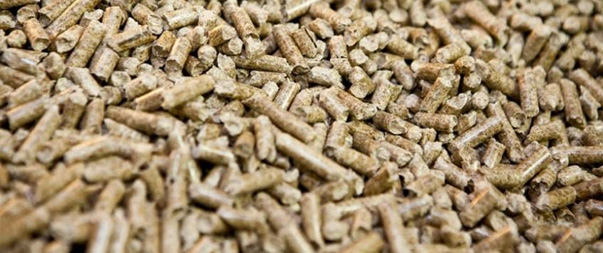
Here is a list of compulsory needs in the life of a Baudet du Poitou :
- The donkey must be identified with an electronic chip and registered in the Stud Book,
- It must also be up-to-date with vaccinations: tetanus, rhino pneumonia (inflammation of bronchial tissues leading to pneumonia) and equine flu,
- Worming must be carried out at least twice a year, in spring and autumn,
- The health of a donkey also benefits from regular checking of its hooves by a blacksmith who will carry out trimming
In the case of a female who fails to gain weight, one has to consider the possibility of dental problems or internal parasites.
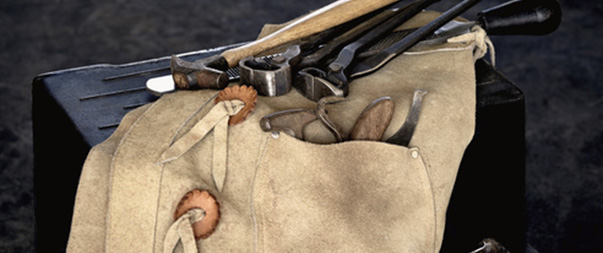
There is six families of baudets (males) and six families of females.
A rotation in the choice of the maleÕs family every three years is advised in order to avoid consanguinity.
By rotating the available females with the available males every three years, every family of females meets every family of males.
Animals from the same family will only encounter one another approximately every 21 years.
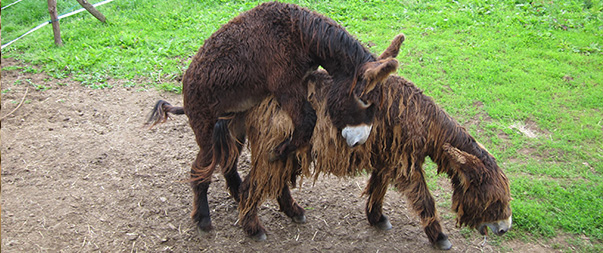
The mating plan is both a way of keeping the variability genetic and to enhance the Breed.
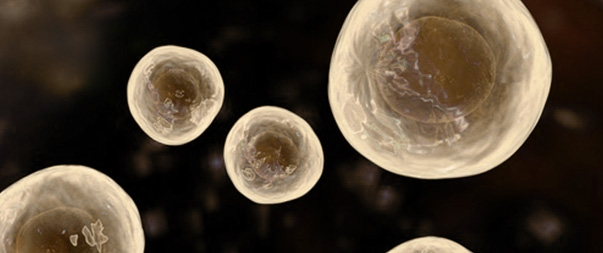
For every one hundred pregnancies, just over 50% result in successful births which implies a high rate of miscarriage (and here we are talking of animals raised in good conditions).
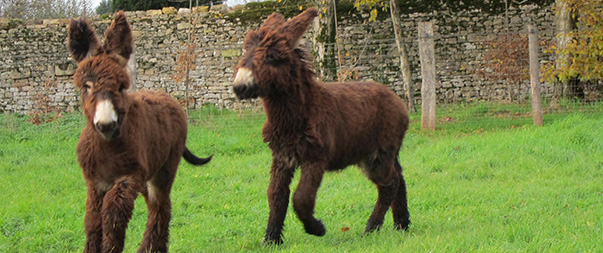
As regards weather conditions, two scenarios need particular mention :
- Cold and damp: in the case of either, births must take place in stable. In fact, PoitouÕs donkey foals are particularly sensitive to cold and damp, and easily develop lung conditions. Mortality at birth is a particular concern with thoroughbreds.
- In other weather conditions, births can take place outdoors.
In both cases, careful supervision is essential. The lose of the foal whose birth has been awaited for a little over twelve months (the gestation period for a female) would be great shame.
After the birth, it is important to check that the placenta has been evacuated completely; otherwise the female may risk infection.
In the case of twins: usually, following conception, once twins detected by means of a scan, the vet will only keep the stronger of the two. It is worth noting that, to date, no case of viable twins has been recorded.
It sometimes happens that the amniotic sack fails to break naturally or that the mother is too tired to achieve this sufficiently quickly. In order to prevent the death of the foal by strangulation, man must intervene quickly and tear the sack so that the young one can breathe.
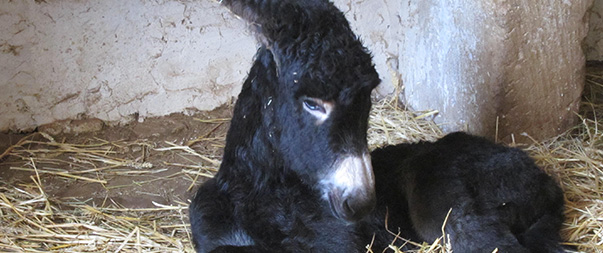
- Animals to be presented must be well-groomed, with their hooves trimmed and their identification papers in order
- It is imperative that the handler learn to walk alongside the animal, holding the rein correctly to ensure that the animals position conforms (ie. Head in line with body so as to present a straight back).
- And never, never browbeat a donkey.
